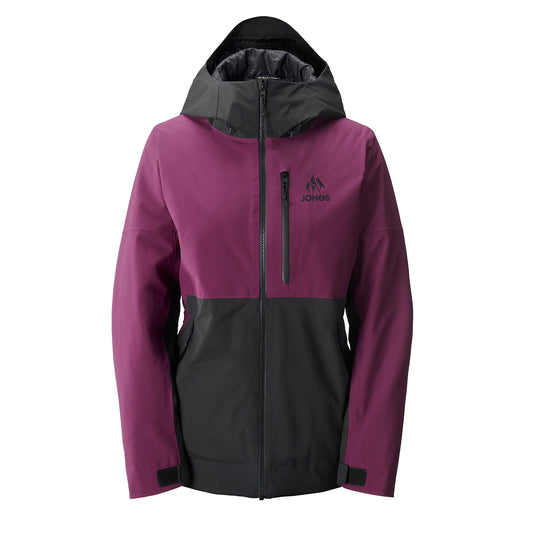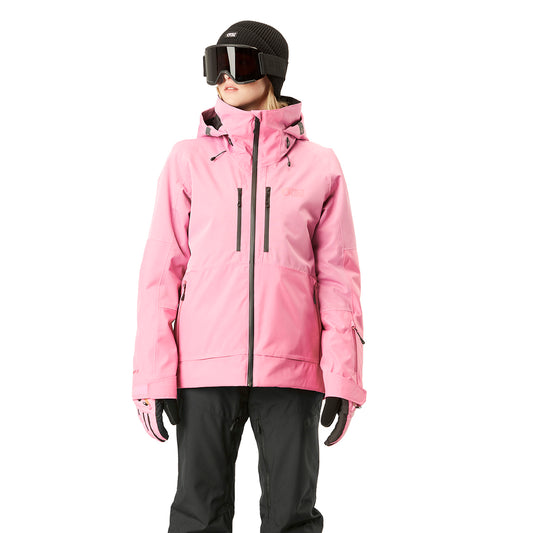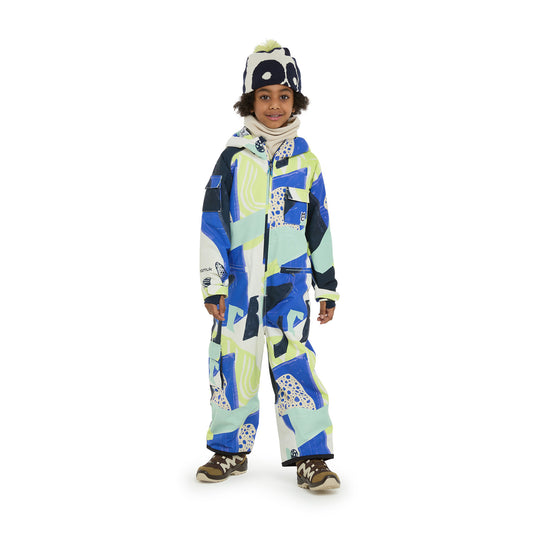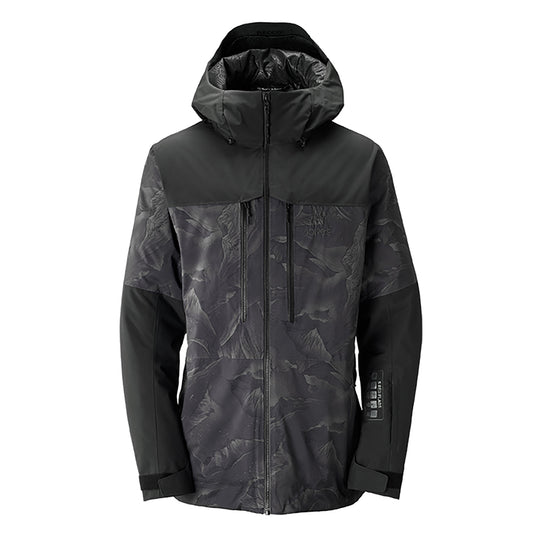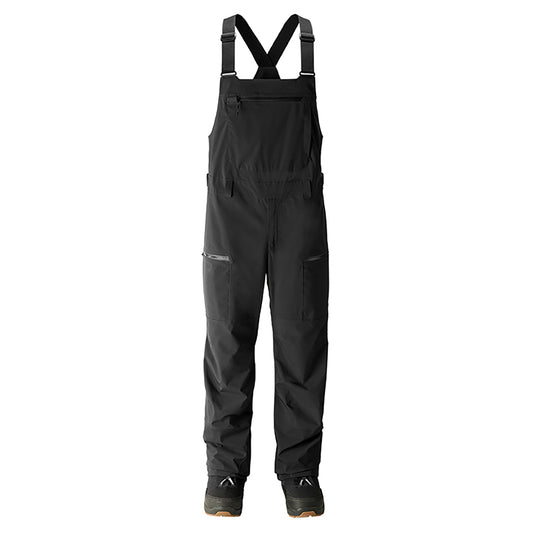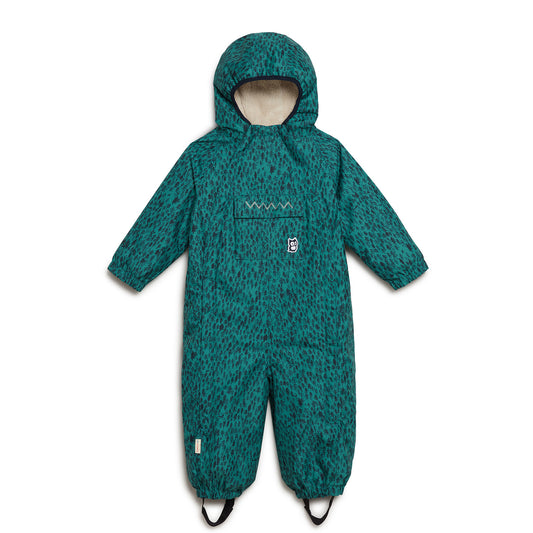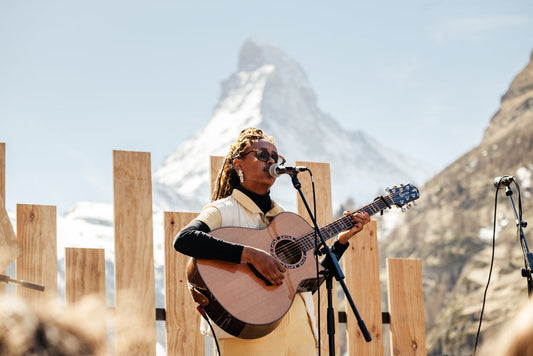Is renting ski clothing more sustainable than buying?

In our last sustainability article, we introduced outdoor clothing rental as a rising force in circular business. Less prominent than our circular cousins resale and recycling, clothing rental has added logistics complexities but is just the ticket for a special kind of outdoor adventurer.
We’ve been studying rental user behaviours, the impacts of our logistics including delivery and laundry, and how these factors intertwine to influence our rental model’s environmental performance. Today we’re excited to share the findings that inform our strategy to perfect Cirkel’s rental recipe today, and in the future.
Environmental research
It all started in March 2022 as we welcomed our first rental customers with our partners, Patagonia and Houdini. In the same breath, we began our first business model life cycle assessment, which helped us evaluate our carbon footprint, and compare it to a linear sales equivalent. Our mission was to learn if outdoor clothing rental is more sustainable than buying, and under which circumstances.

Photo: Picture
Life cycle assessment
Life Cycle Assessment (LCA) is a framework used to measure the environmental impacts associated with a product’s lifetime. From extracting raw materials, to manufacturing, packaging, and shipping the product, to the impacts of selling it, using it and the end of the product's life. This information provides an impact assessment which estimates the product’s effect on the ecosystem, natural resource depletion and human health.
Depending on the product, LCA’s typically consider several or all of the following impact categories: carbon emissions, water use and toxicity, land use and toxicity, eutrophication, pollution, human toxicity, ozone depletion, and ionising radiation.
LCA’s are an excellent tool to assess the merits of a product in development. But because traditional LCA’s don’t typically account for other economic dimensions of a business, they have limitations to assess strategic decisions such as how products are sold.

Photo: Mattias Fredriksson
Business model life cycle assessment
A BM-LCA is a re-framing of LCA that incorporates the economic dimensions of business models. This helps us to understand how changing business strategy will impact the model and how that extends to the environment. E.g., if a product has a low environmental impact, but requires higher levels of sales to be viable - a BM-LCA can demonstrate the product is not as good as it appears at face value.
A BM-LCA begins by coupling the monetary flows of the business model to physical flows in the product and business system. A functional unit is established that allows the study to compare two models and their methods of creating value. E.g., rental vs. sales, or high margin versus high volume.
We conducted a BM-LCA on the impacts of our rental service within Switzerland, compared to a linear sales equivalent in the same locations. We focused solely on CO2 due to incomplete data sets making it difficult to establish reliable estimates in the other impact categories.

Photo: Houdini Sportswear
The BM-LCA spanned through life cycle stages from yarn and fabric creation, jacket production, internal distribution, through to external distribution to rental users or retail shops in Verbier, Engelberg, Zermatt, Engadin. The rental model includes a return trip accounting for reverse logistics, while the sales model is one way only. Within the use phase, rental data featured significantly more laundry impacts than sales.
Cirkel’s BM-LCA used an equal level of profit (from both sales and rental) as the functional unit to compare the impacts of both systems. In this study, 200 jacket retail sales and over 1000 rental transactions achieved an equal level of profit.
Cirkel's BM-LCA results
In line with other studies comparing rental to sales, Cirkel’s model was estimated to emit 76% less CO2 than equivalent linear sales. In fact, Cirkel’s emissions were even lower than a previous rental model study because we control the delivery to users, which is more efficient than individuals picking up and dropping off their rental packages.
It’s important for us to understand that our model can be a sustainable alternative to sales, but we would like to emphasise that these results are estimates. A gap analysis that considers the limitations of our research is found at the foot of this article. We will continue re-doing the BM-LCA alongside other research that will grow our confidence in the results. We will keep you updated on this, aiming to create dialogue and inspire other businesses to take action.
Identifying rental hotspots is a powerful tool for Cirkel’s business strategy going forward. This allows us to focus on the areas of highest emissions to continually improve our model. We want to make Cirkel as awesome as possible – a rental model that’s better for people and the planet.
Rental is a fantastic tool for a certain category of outdoor enthusiasts – the occasional adventurer. In our next sustainability post, we will share with you what kind of users are the best candidates for rental – from their usage, location, motivation, and behaviour traits.
Thanks for reading!
Gap analysis
We have created this article as accurately as possible, but there are some shortcomings in the study. Here is a non-exhaustive list of what we want to do better next time - let us know if you have other feedback for improvement on: sustainability@cirkelsupply.com
- Linear sales customer transports. There is no data input that accounts for the linear sales buyer leaving their accommodation and transporting themselves to and from the retail store. We hope for most tourists in ski resorts that this is largely by foot or public transport.
- Number of rentals possible per jacket. We have used the same number of jacket rentals as a previous outerwear BM-LCA (Böckin et al). We will not be sure how many times we can rent Cirkel’s products until we’ve been operating for 1-2 years. We will update this data as we go, and in the meantime, focus on offering quality products that are built to last.
- End of life. We are reselling garments at the end of their rental life, but we will not know the exact percent of our stock that can be repaired & resold until we’ve been operating for 1-2 years. Data input representing what happens to the garment at the end of their second life is based on recycling estimates.
- Delivery emissions. We deliver to destinations across Switzerland, this study captures only 4x locations that we thought were representative of the spread of orders. We will understand the order spread better after our first season. This will help us get a more accurate picture of payload optimisation, use of electric vehicles and delivery split between Verbier, and different distances across the Swiss Alps.
- Impact categories beyond CO2. We have excluded these categories due to incomplete data. We acknowledge that these categories are highly relevant for textile productions, but they have posed a big challenge to capture accurately.
- This study is based on one type of jacket only. We now stock more products from more suppliers. These products will all have different production and internal shipping impacts and costings that we haven’t captured in this study.
- Packaging. At the time of this study, we didn’t include Cirkel’s packaging impacts since we were not sure of our solution here. Now we are using RePack reusable packaging, so we can add this into our next BM-LCA. Up until the rental (use) phase, packaging inputs are based on estimates from LCA experts (Böckin et al).
- Scope. The scope of data that is built into our BM-LCA is most Scope 3 categories. Scope 3 categories that are missing include business travel and investment data of each model as these were unknown. We are not (yet!) Greenhouse Gas Protocol experts, but are building literacy and will communicate the scope with greater accuracy going forwards.
Sources
Here are the main sources that we have drawn on for this article:
Goffetti, G., Böckin, D., Baumann, H., Tillman, A.-M., & Zobel, T. (2022). Towards sustainable business models with a novel life cycle assessment method. Business Strategy and the Environment, 17. https://doi.org/https://doi.org/ 10.1002/bse.3005
Böckin, D., Goffetti, G., Baumann, H., Tillman, A.-M., & Zobel, T. (2022). Business model life cycle assessment: A method for analysing the environmental performance of business. Sustainable Production and Consumption, 32, 112-124. https://doi.org/https://doi.org/10.1016/j.spc.2022.04.014
Nabuurs, G.-J., et al. (2022). IPCC AR6 WGIII FinalDraft Chapter07 AFOLU.
Johnson, E. and A. Plepys (2021). "Product-service systems and sustainability: Analysing the environmental impacts of rental clothing." Sustainability 13(4): 2118.
Fisher, G. (2020). Does buying pre-loved clothing mean buying less new? Consumer Research Report. https://www.qsapartners.co.uk/
Farfetch (2020). Understanding the environmental savings of buying pre-owned fashion.
Meijer, E. (2014). "Weighting: applying a value judgment to LCA results." Life cycle assessment. Retrieved June 5, 2022, from https://pre-sustainability.com/
Hoffman, A. J., Corbett, C. J., Joglekar, N., Wells, P. (2014). "Industrial Ecology as a Source of Competitive Advantage." Journal of Industrial Ecology 18: 5.
European-Commission (2012). Characterisation factors of the ILCD Recommended Life Cycle Impact Assessment methods I. f. E. a. Sustainability. Publications Office of the European Union, European Commission. 1.


